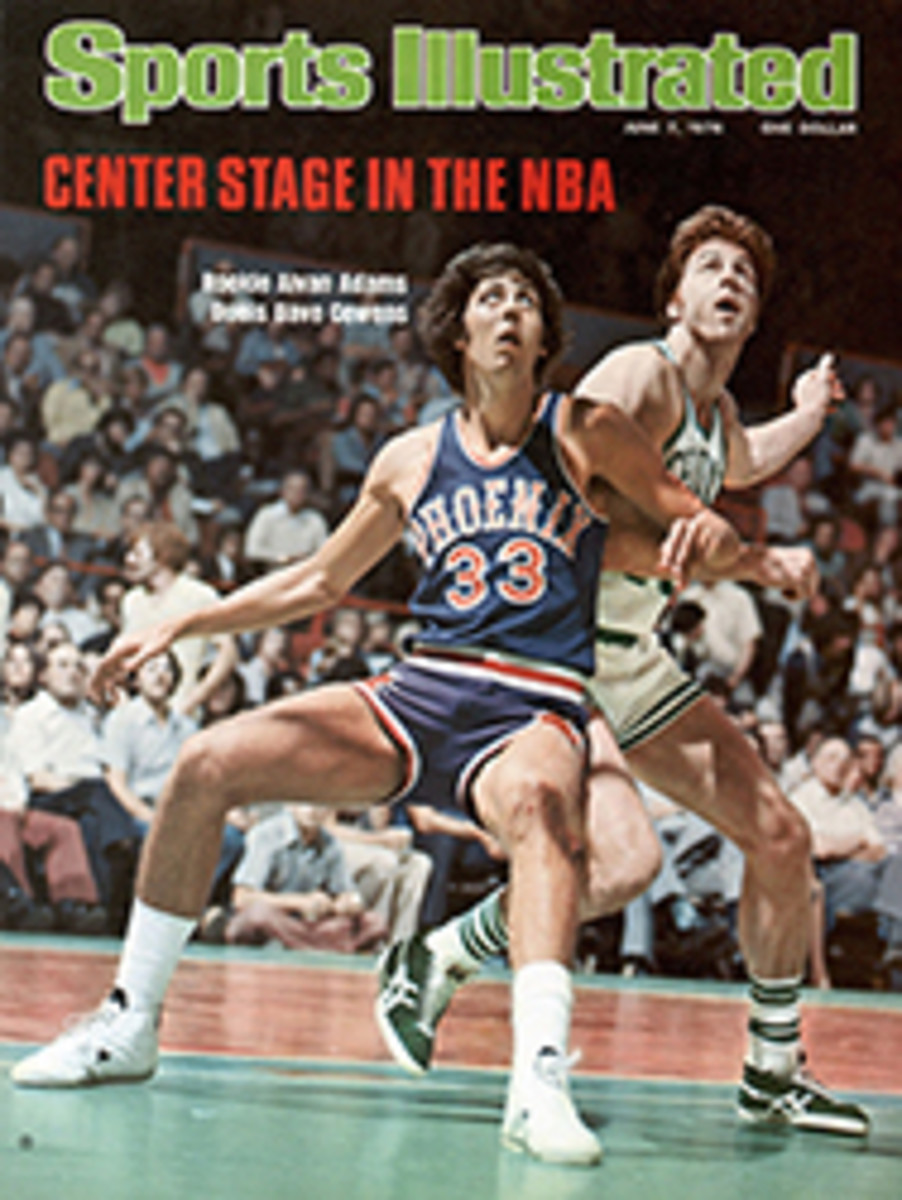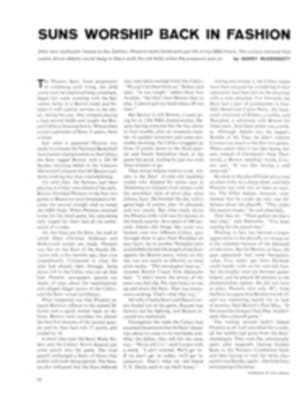
SOME BICYCLE MANUFACTURERS PICTURE GRAPHITE AS THE FRAME OF THE FUTURE
One of the contradictions of bicycling has been: the cheaper the bike, the softer the ride. A superior bike, made with aircraft-quality tubing (selling for $300 and up) handles with precision, but the rider feels every bump. On the other hand, a mild steel "department store" bike absorbs shock while warping under the stress of hard pedaling. The difficulty is fundamental, inherent in the material—steel. And graphite bikes were supposed to be the answer, delivering high performance and few jars.
It is now more than 2½ years since O. F. Mossberg & Sons, Inc. introduced its X-1000 graphite bicycle. Mossberg claimed its model incorporated the stiffness and smoothness that competitive cyclists sought. Graphite has a tensile strength four times that of steel, so a rider was unlikely to flex the frame, though it weighed (minus the front fork) a mere 3.1 pounds. Fully equipped, the X-1000 weighed just 18.85 pounds. Quality steel touring bikes weigh from 20 to 28 pounds.
But the Mossberg super bike came very near to being stillborn. The company found that a graphite bicycle requires far more hand labor to produce than even custom steel frames. It was a slow, tedious process, and minor errors could lead to major faults in tube strength. Delivery delays set in. Orders for the X-1000 went unfilled. Bikes that were promised for summer arrived in midwinter. There are rumors that some of these have frames that are too soft. Mossberg denies that any X-1000s have been returned. Still, the graphite bike's performance has been disappointing—understandably so, because the frame alone costs more than $600, and fully equipped, the X-1000 can run to $1,500.
Mossberg has stopped making the X-1000 while it shifts its plant from North Haven, Conn. to Little Falls, N.Y. At the 17th International Cycle Show held in the New York Coliseum in February the X-1000 was not even on display. Mossberg's more promising steel bikes were featured instead.
Another manufacturer, Graftek (a division of Exxon) showed graphite frames in the Coliseum. The Graftek method of construction uses thin aluminum tubing wrapped with graphite fiber. The tubes are then bonded to investment cast stainless-steel lugs. This seems a less trouble-prone technique than that employed by Mossberg.
Graftek offers only a frame set and the seat post (no wheels, gearshift, handlebars, etc.). Because the frame itself costs $675 and the gear required to get it rolling another $400 to $500, the complete machine will cost close to $1,200. A purchaser may take some consolation from the fact that the frame can be ordered in special sizes to suit the rider. Once assembled, the Graftek is quick, sure and responsive. The ride, even over washboard surfaces, is excellent.
But Exxon hasn't cornered the market in graphite bikes. A Japanese firm, Ishiwata Seisakusho Co., is testing five prototypes and will export the graphite frame to the U.S. later this year. And Weyless Industries is also entering the competition. Its graphite model is currently undergoing tests.
Without question there is a demand for lighter, stronger bikes. This summer should settle the question as to whether graphite will fill it.

